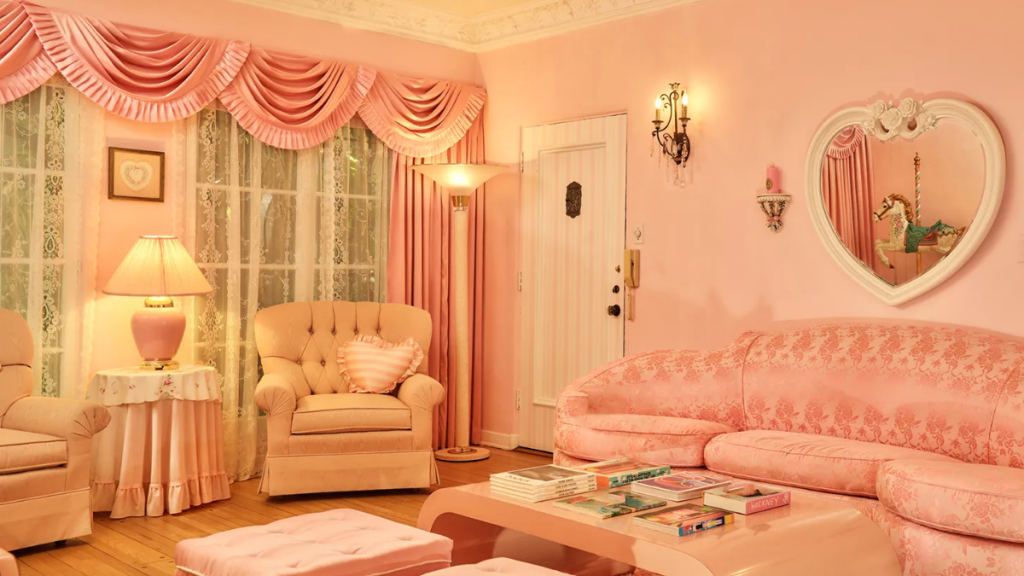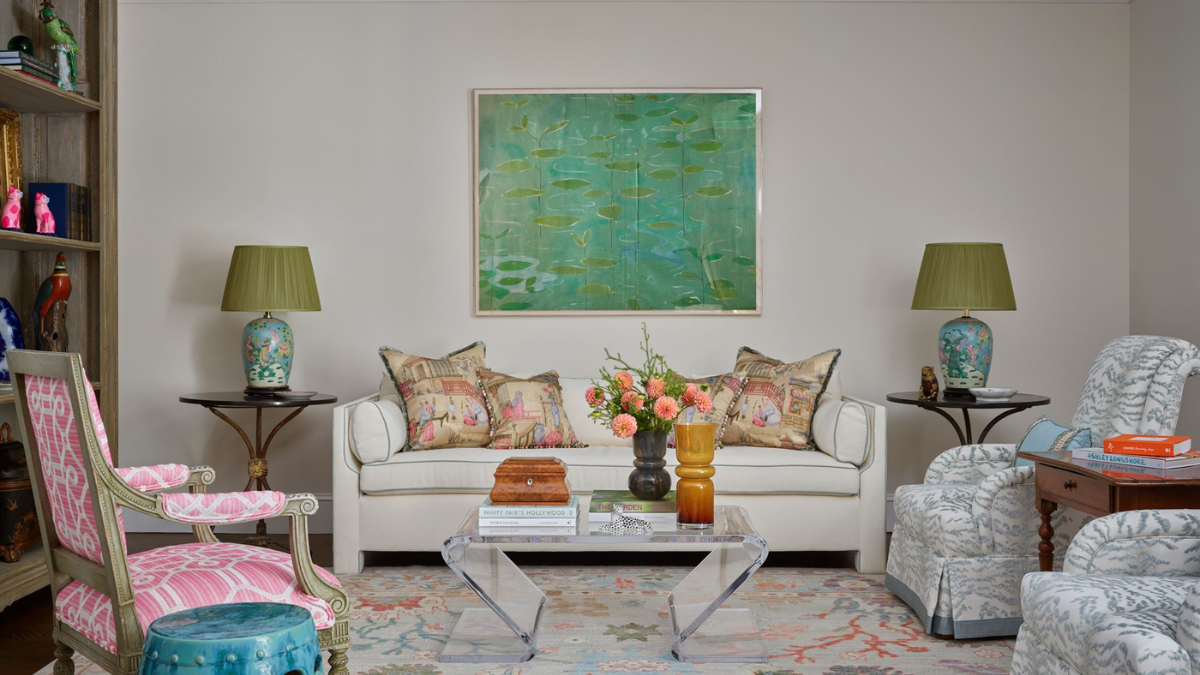The 1980s were known for their bold, eclectic, and sometimes over-the-top design choices. While many of these trends faded in the decades that followed, they are now making a strong return in modern interior design.
From vibrant color palettes to statement furniture, these retro styles are influencing contemporary homes and décor in exciting new ways. Let’s explore seven 1980s design trends that are making a stylish comeback.
The Resurgence of 1980s Design in Modern Interiors
The renewed interest in 1980s aesthetics is driven by nostalgia, social media, and a growing appreciation for maximalist and playful design. Homeowners and designers alike are incorporating elements from this era to create unique, eye-catching spaces that blend the past with modern sensibilities.
1. Bold and Vibrant Color Palettes
One of the most recognizable features of 1980s design is the use of bold, vibrant colors. Think electric blues, hot pinks, and neon greens—these hues dominated everything from furniture to wall paint. Today, homeowners are embracing colorful interiors, adding bright accent walls, furniture, and décor pieces to liven up their spaces.
The resurgence of bold color combinations reflects a move away from the neutral tones that have dominated design trends for the past decade.
2. Memphis Design Movement Returns
The Memphis Design Movement, founded by Italian designer Ettore Sottsass in 1981, was a defining aesthetic of the decade. Characterized by asymmetrical shapes, bold patterns, and clashing colors, this movement is experiencing a revival in modern design.
Many contemporary furniture brands are incorporating Memphis-inspired pieces, featuring abstract designs, terrazzo surfaces, and geometric prints that add a playful and artistic touch to interiors.
3. Glass Block Walls for a Retro Feel
Glass block walls were a staple of 1980s interiors, used to create semi-private spaces while allowing natural light to flow through. Once considered outdated, glass blocks are now making a comeback in bathrooms, kitchens, and office spaces.
Their ability to add texture and depth to a room while maintaining a sense of openness makes them a popular choice among modern designers.
4. Chrome and Mirrored Finishes Shine Again
Metallic accents, particularly chrome and mirrored surfaces, were everywhere in the 1980s. These sleek and reflective materials are now being reintroduced in modern interiors through furniture, light fixtures, and decorative accents.
Mirrored coffee tables, chrome-legged chairs, and high-gloss finishes on cabinetry bring a touch of retro glamour to contemporary spaces.
5. Statement Geometric Patterns
From wallpaper to upholstery, geometric patterns were a major trend in 1980s design. Today, these bold patterns are being used to create visually striking interiors. Designers are incorporating geometric wallpaper, area rugs, and artwork to add a dynamic and energetic feel to living spaces.
The combination of strong lines, abstract shapes, and contrasting colors makes this trend a favorite among those who appreciate retro-inspired aesthetics.
6. Oversized Furniture with Comfort in Mind
The 1980s embraced large, plush furniture designed for ultimate comfort. Oversized sectional sofas, lounge chairs, and padded headboards are returning in a big way. These pieces not only offer a nostalgic nod to the past but also cater to the modern desire for cozy and inviting living spaces.
Velvet and leather upholstery, another hallmark of 1980s furniture, is also making a stylish comeback.

7. Neon Lights and Art Deco Influences
Neon lighting was a defining feature of 1980s nightlife and home décor, often used in signs, artwork, and accent lighting. Today, neon lights are being used to create unique statement pieces in home bars, bedrooms, and entertainment areas.
Additionally, the 1980s saw a resurgence of Art Deco influences, which are now being reintroduced in modern designs through gold accents, geometric furniture, and bold lighting fixtures.
Why 1980s Design Trends Are Gaining Popularity Again
The revival of 1980s design trends is part of a larger movement toward individuality and self-expression in home décor.
With the rise of maximalism, people are moving away from minimalist aesthetics and embracing bold, playful, and nostalgic elements. Social media platforms like Instagram and Pinterest have also contributed to this resurgence, inspiring homeowners to incorporate vintage styles in creative ways.
Moreover, the cyclical nature of design trends means that past styles inevitably come back into fashion. As designers continue to reinterpret 1980s aesthetics for contemporary spaces, these bold and colorful elements will likely remain a significant influence in modern interiors.
For more insights on retro design trends making a comeback, visit Architectural Digest.
Conclusion
The 1980s were an era of fearless design choices, and many of these trends are making a stylish return in today’s homes. Whether it’s bold colors, geometric patterns, or oversized furniture, these elements are proving to be just as impactful now as they were decades ago.
By incorporating these revived trends into modern spaces, homeowners can create interiors that are both nostalgic and forward-thinking.
With the ongoing appreciation for retro aesthetics, it’s safe to say that the 1980s are here to stay—at least in the world of design.
Disclaimer – Our team has carefully fact-checked this article to make sure it’s accurate and free from any misinformation. We’re dedicated to keeping our content honest and reliable for our readers.
